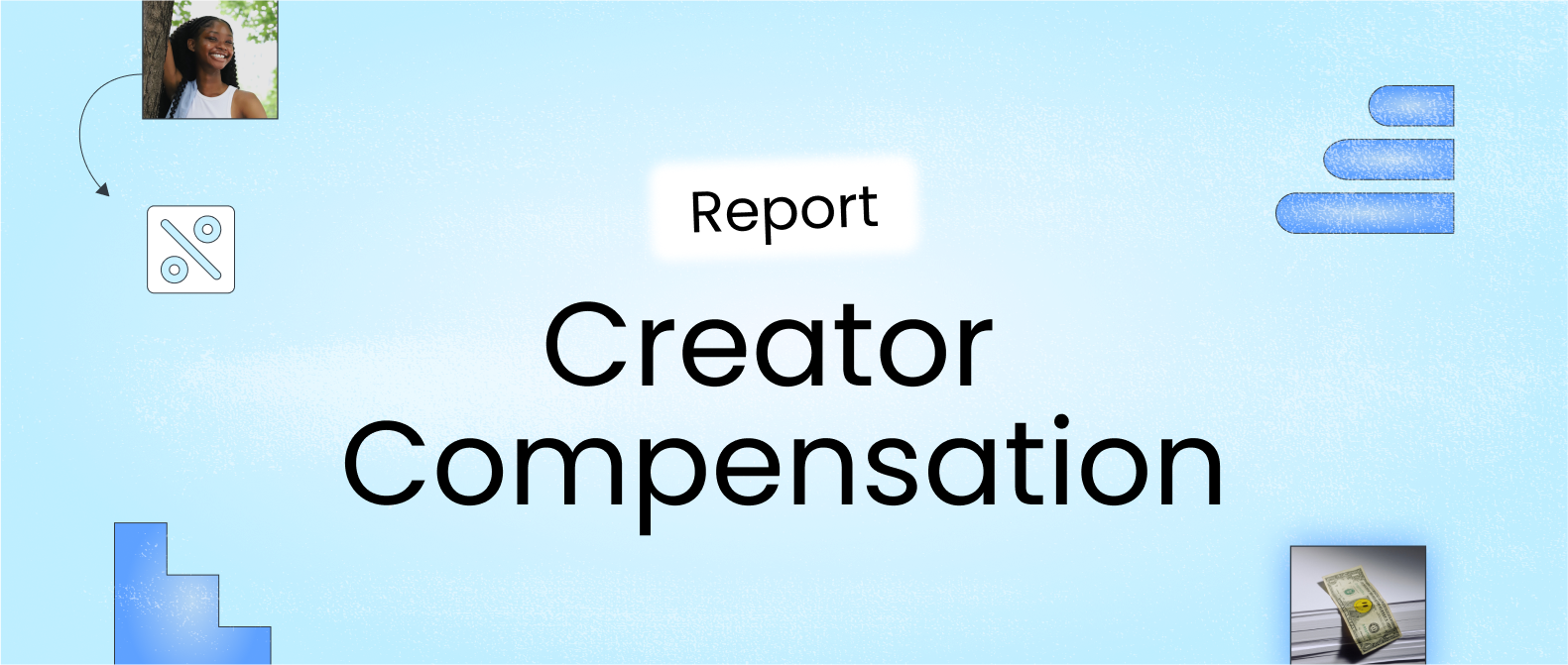Downloadable
Creator Compensation Report: How Much Real Content Creators Make

Enter your details to download!
How to Use The Creator Compensation Report
Learn how brand collaborations and compensation have evolved
Find out the latest creator compensation trends for Instagram, YouTube, TikTok, and beyond
Discover the key takeaways for determining fair pay when partnering with influencers
Learn all about creator compensation in our free report – download now!
See How Much Money YouTubers, TikTokers, and Other Creators Make
In this report, we dive into responses from 689 US-based creators who make either a full-time or part-time living from producing branded content across various platforms.
We’re sharing valuable insights about how the industry is changing and how brands can be allies to their creator partners.
Created by Pros

Later Team
Later's team of social media experts have a wealth of experience in creating content for various channels, partnering with creators, and developing social strategies for brands around the world. From YouTube to Instagram; blog posts to newsletters; courses to reports, Later has got you covered with the latest social media trends, tips, and resources to help your brand grow.
Share
Curious how much money creators make?
Learn all about creator compensation and industry trends in this free report.
Your Creator Compensation Report: How Much Real Content Creators Make is on its way to your inbox!
Can't wait? Download it here now.
Grow your revenue with trusted influencers.
